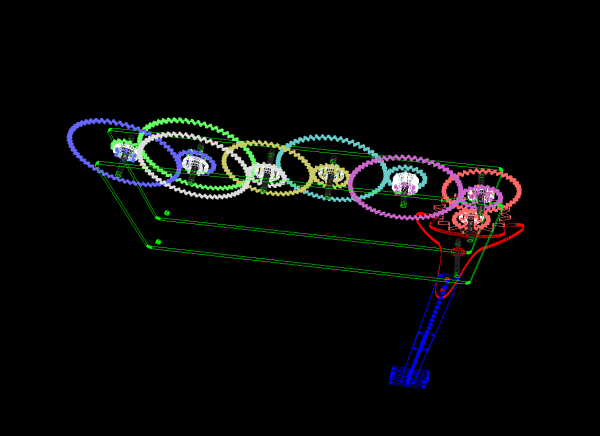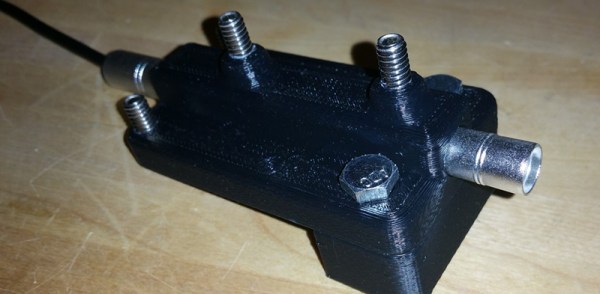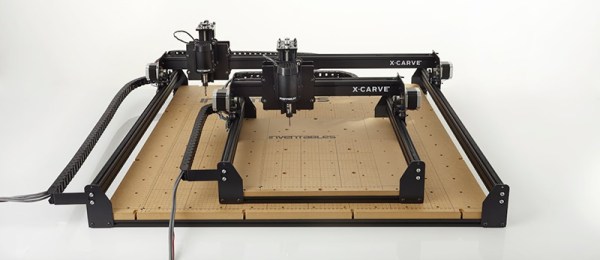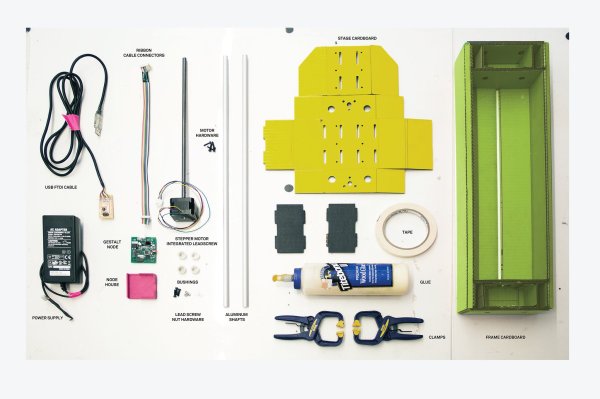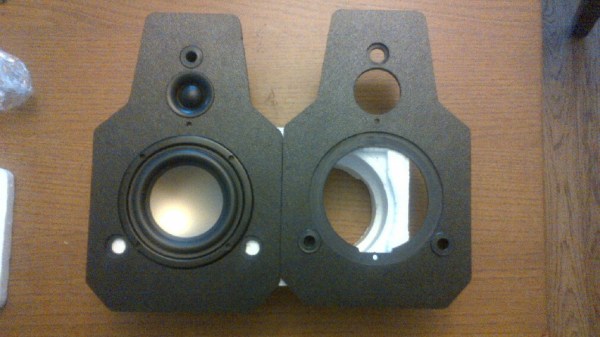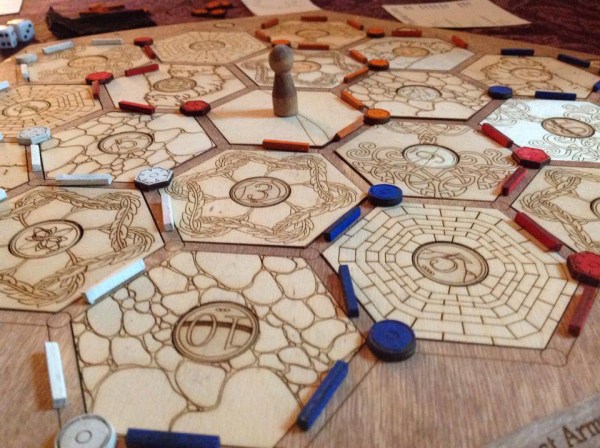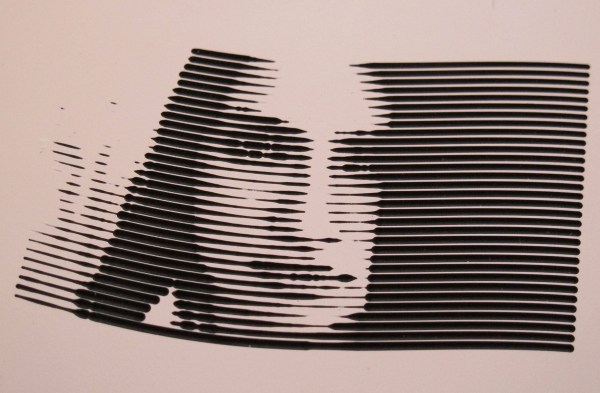In a world deprived of stock hardware other than #6-32 bolts and sheets and sheets of acrylic, [Lawrence Kesteloot] took it upon himself to design and build a laser-cut pendulum clock. No Pricey CAD programs? No Problem. In a world where many fancy CAD tools can auto-generate gear models, [Lawrence] went back to first principles and wrote scripts to autogenerate the gear profiles. Furthermore, not only can these scripts export SVG files for the entire model for easy laser cutting, they can also render a 3D model within the browser using Javascript.
Given the small selection of materials, the entire project is a labor of love. Even the video (after the break) glosses over the careful selection of bearings, bolt-hole spacing, and time-sensitive gear ratios, each of which may be an easy macro in other CAD programs that [Lawrence], in this case, needed to add himself.
Finally, the entire project is open source and up for download on the Githubs. It’s not every day we can build ourselves a pendulum clock with a simple command-line-incantation to
make cut
Thanks for the tip, [Bartgrantham]!
Continue reading “Laser-Cut Clock Kicks Your CAD Tools To The Curb And Opts For Python”

